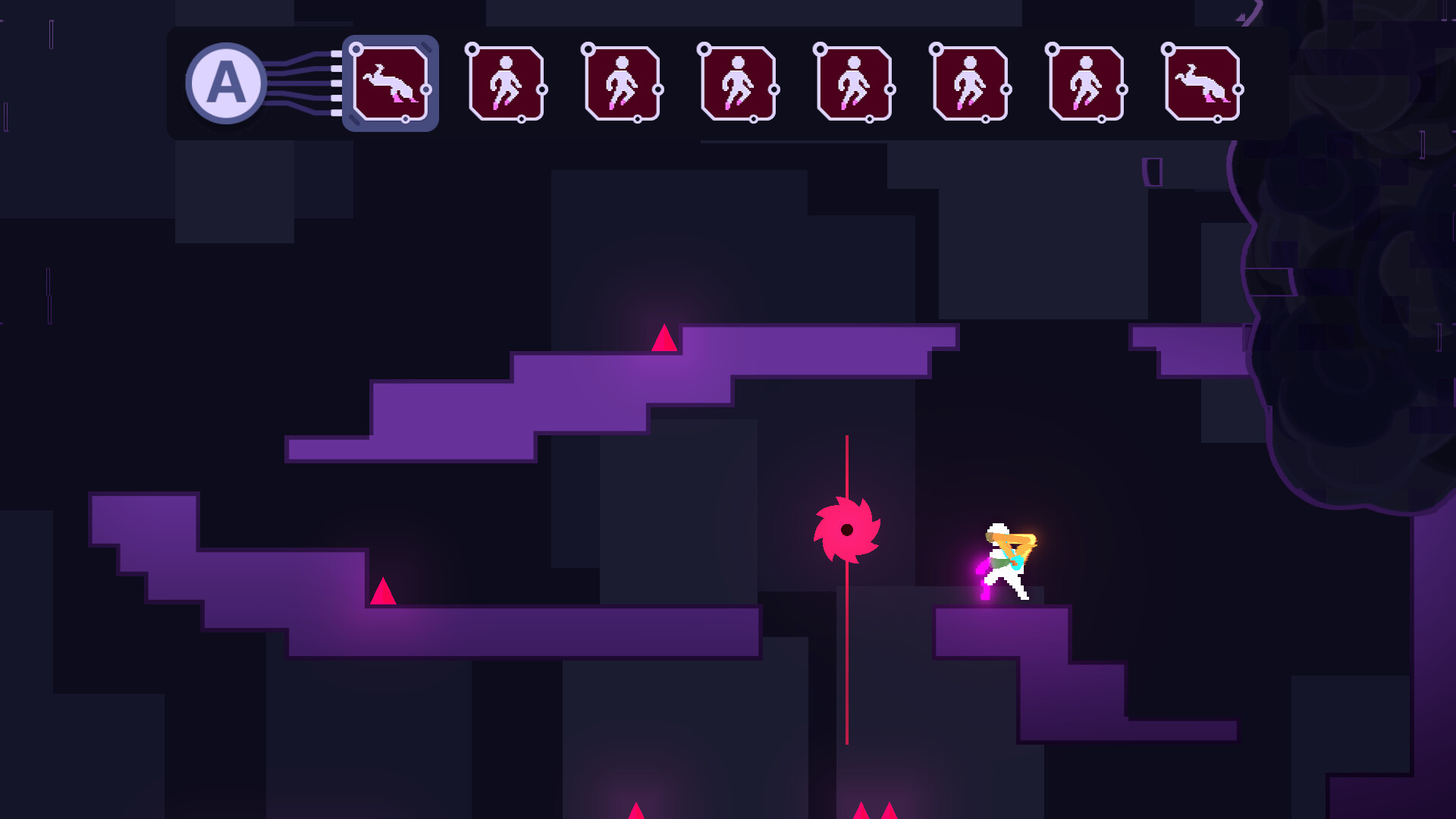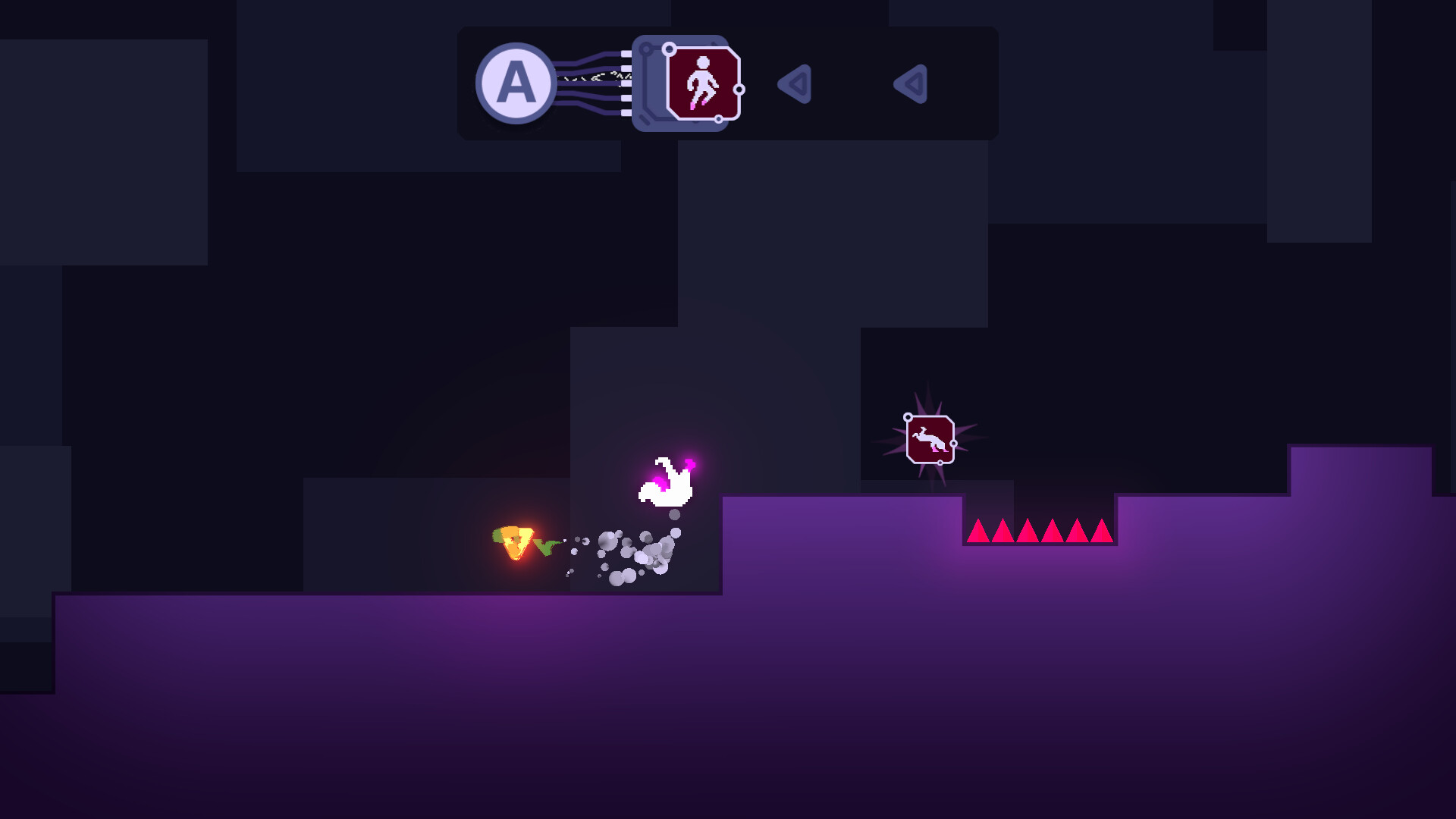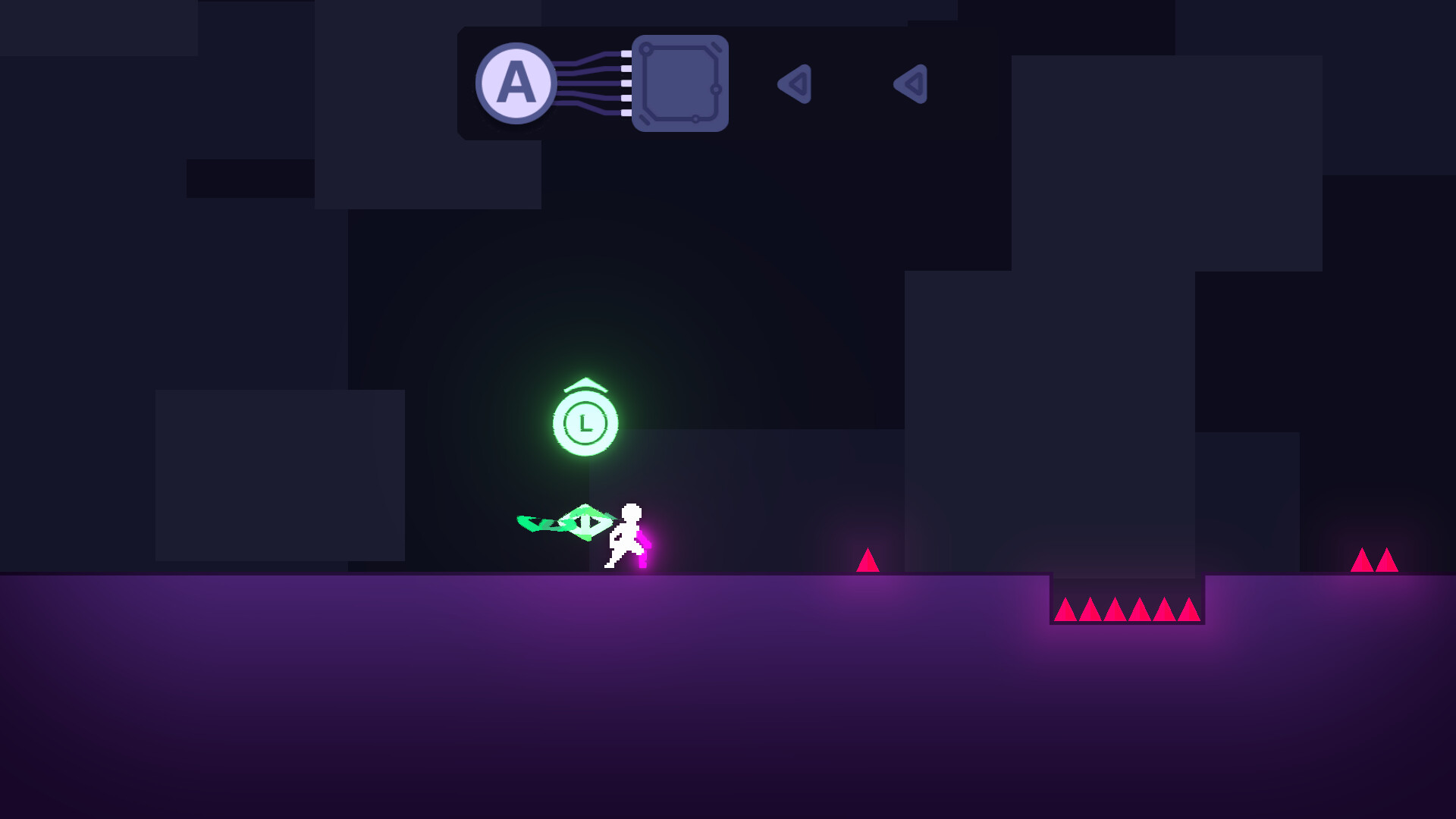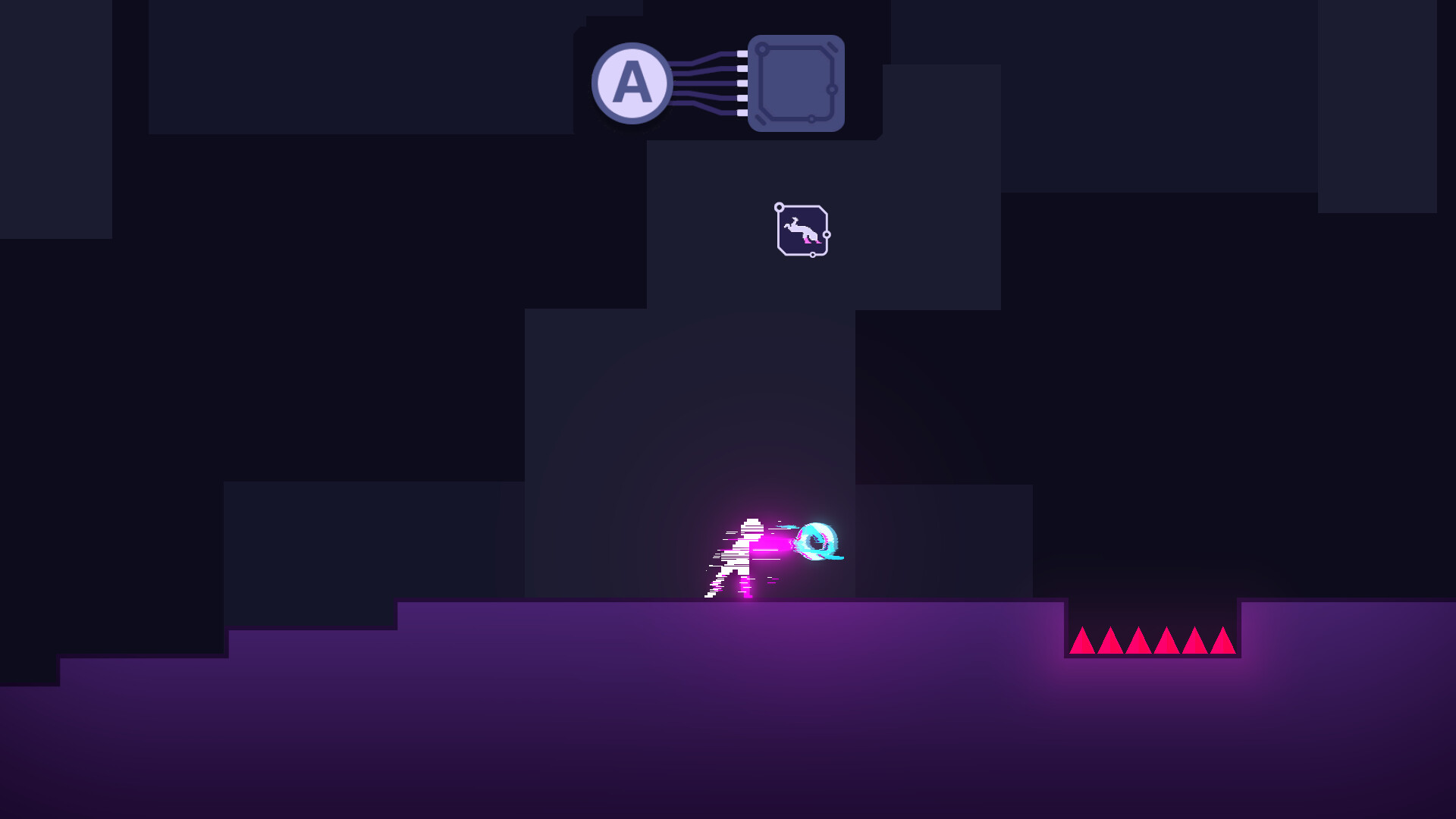Sequence Jump Demo: The Ultimate Test of Patience or a Glorious Mess?
Hello everyone, let me inject a bit of honesty into the bloodstream of gaming reviews today. We’re looking at Sequence Jump, a so-called “unique sequence-platformer” demo where your biggest enemy isn’t the pixelated enemies onscreen but the fact that you’re expected to engage with a one-button gimmick dressed up as innovation. Yes, you read that correctly-this game wants you to play a glitch-ridden platformer with a single working action button. The marketing pitch feels less like a revolution in gameplay and more like someone doing a speedrun of bad design choices while trying to pass them off as “quirky.”
The Premise: Digital Chaos in a Dead System
The game opens with a deliberately broken aesthetic: assets don’t load properly, controls are a mess, and glitches are more common than lootboxes in a bad free-to-play title. Some pretentious creative director somewhere probably thought, “What if corruption of the game itself was the point?” Well, here’s the issue. Making your game broken on purpose doesn’t transform it into art. It makes it indistinguishable from being, you know, actually broken. That would be like a surgeon deliberately operating with a bent scalpel and shouting, “It’s performance art!” No mate, it’s malpractice.
![The image shows a dark background with an outline drawing of a video game controller in white and red lines on the right side. On the left side, there is text resembling a computer boot-up or initialization log for a physics and rendering engine, with some processes marked as '[ OK ]' in green and others marked as '[FAIL]' in red. The text details the loading status of components such as colliders, rigidbodies, shaders, textures, and button layouts, indicating that some tasks succeeded while others failed.](https://shared.fastly.steamstatic.com/store_item_assets/steam/apps/3860720/32c08787f62d8988d5cb3addbc04ed89e6482eeb/ss_32c08787f62d8988d5cb3addbc04ed89e6482eeb.1920x1080.jpg)
The One-Button Gimmick
Here’s the supposed innovation: one single action button that keeps re-wiring itself. That button can mean jump, dash, teleport, or I suspect, cause spontaneous existential dread. You don’t control which ability it performs-it switches either by the game’s will or your micromanagement. In theory, it’s a puzzle-platform mechanism that forces you to think fast. In practice, it’s like being handed a controller with random inputs and being told to “git gud.” This isn’t skill-based design; it’s a glorified slot machine where pressing one button sometimes works out. That isn’t innovation. That’s the digital equivalent of tripping and falling face-first into the console hoping for a happy accident.
The Demo Features Breakdown
- 4 Levels – Ah yes, four whole levels. Barely enough time to load up a bad save file before the credits roll.
- 4 Ways to Re-wire Your Action Button – Because three ways just wasn’t enough to confuse you, apparently.
- 4 Abilities – Jump, dash, teleport, and… probably rage quit. Truly, groundbreaking stuff.
- 4 Minutes of Gameplay – Developers literally wrote that. Nothing screams “buy our game” like advertising the duration of a YouTube ad break.
It feels like a running gag with the number four, but here’s the reality: it’s a demo that screams “proof of concept,” yet not a concept I’d particularly want proven. It reeks of padding like a college essay that refuses to die just to meet a word count.






System Requirements: Small Game, Big Demands
The system requirements include 8GB RAM and a GTX 950 for a 200MB glitch-fest. That’s like asking for surgical precision to play Pong. When the game demands more horsepower for simulating missing textures than most indie titles do for creating fully alive worlds, you know something’s misaligned in the development room. I’ve played entire procedurally generated galaxies that load lighter than this “demo.” Maybe the real conspiracy is that the game is actually secretly mining crypto while you play its glorious four minutes.
Final Prescription
As a doctor, I’d like to diagnose this game with a severe case of gimmick-itis, paired with early symptoms of feature anemia. Yes, it’s bold to strip down gameplay to a single button. But “bold” doesn’t always equal good. Sometimes it equals diving headfirst into a pool without water. This isn’t clever limitation; it’s a lack of solid design hidden behind the smoke and mirrors of glitch aesthetics.
Sequence Jump is like pressing a broken elevator button-sometimes it works, sometimes it doesn’t, but most of the time you’re just standing there questioning your life choices.
Do I think this demo is terrible? Not exactly. It’s quirky enough to catch some attention, and maybe there’s a hidden brilliance buried underneath the chaos. But from what I’ve seen, this feels like a party trick stretched out thin. Once the novelty wears off, all that’s left is a glitchy, undercooked indie idea that will struggle to hold anyone’s attention beyond those famous four minutes.
Overall impression? Entertaining for a curiosity poke, but hardly worth obsessing over. If this is supposed to prepare me for the full release, then the only thing I’ve prepared is my uninstall button.
And that, ladies and gentlemen, is entirely my opinion.
Article source: Sequence Jump Demo


